|
According to the CDC, only 10% of adults in the US are consuming adequate vegetables and only 12% are consuming adequate fruits. Shopping at a farmers market is a great way to get fresh tasting produce and mix up your fruit and vegetable routine.
Why Eat Seasonally? One of the best things about getting produce from the farmers market is the great taste. There is nothing like the taste of a crisp apple in the fall. Beyond the flavor, shopping at a farmers market is a great way to engage with your community and try new foods. Research shows affordability of fruits and vegetables can be a barrier to eating them regularly. If you are worried about the cost of foods at a farmers market, remember that you can use SNAP benefits there. The Healthy Incentives Program (HIP) even gives you cash back on your EBT card if you purchase produce. You may also be eligible for the farmers market coupon program in Boston. What is in Season in New England During Early Fall?
There are many health benefits of consuming fruits and vegetables. They are loaded with vitamins, minerals, and other antioxidants. For example, pumpkins contain vitamin C, copper, fiber, and beta-carotene. Beta-carotene is part of the carotenoid family, a group of antioxidants that may offer protection for your heart. Pumpkins can be delicious in both sweet and savory recipes. Try a savory pumpkin stuffed with your favorite vegetables, rice, and cheese if you want something hearty and savory. Follow along with this recipe here. REFERENCES: Lee SH, Moore LV, Park S, Harris DM, Blanck HM. Adults Meeting Fruit and Vegetable Intake Recommendations — United States, 2019. Morbidity and Mortality Weekly Report. 2022; 71:1–9. Miller V, Yusuf S, Chow CK, Mente A. et al. Availability, Affordability, and Consumption of Fruits and Vegetables in 18 Countries Across Income Levels: Findings from the Prospective Urban Rural Epidemiology (PURE) Study. Lancet Glob Health. 2016; 4(10): e695-703. Xavier AA, Pérez-Gálvez A. Carotenoids as a Source of Antioxidants in the Diet. Subcell Biochem. 2016; 79:359-75. By Abigail Harrison, MS MGH Dietetic Intern
0 Comments
Magnesium, the fourth most abundant mineral in the body, can be found naturally in foods and is crucial to a variety of bodily functions.
Why is magnesium important? The mineral plays a key role in bone mineralization and vitamin D synthesis, making adequate amounts of magnesium vital to building and maintaining healthy bones. It is also involved in energy production and regulation of blood sugar. Lastly, magnesium is critical to muscle and nerve function, acting as an electric conductor to contract muscles and help keep the heart beating steadily. What happens if you don't get enough? Magnesium deficiency can result if your diet is too low in magnesium-rich foods. Other factors that influence magnesium intake include how food is grown and processed. Digestive disorders and chronic diseases, like diabetes, can also increase deficiency risk. Early signs of deficiency can include fatigue, loss of appetite, muscle spasms, nausea, and weakness. If the deficiency is left untreated, more severe symptoms, like abnormal heart rhythms and seizures, can occur. Here are some tips to boost your intake: Magnesium is found in a wide variety of plants. To increase your intake, aim to include a handful (about ¼ cup) of nuts or seeds per day. Switching from refined grains (like pasta) to whole grains (like quinoa) helps too. Try to eat leafy greens as often as you can and consider adding beans to salads. Some of our favorite magnesium-containing foods are:
RESOURCES: 25 Magnesium-Rich Foods You Should Be Eating. Cleveland Clinic. Published March 2023. Accessed June 2023. Magnesium. The Nutrition Source: Harvard T.H. Chan School of Public Health. Last Reviewed March 2023. Accessed June 2023. Magnesium: Fact Sheet for Health Professionals. National Institutes of Health: Office of Dietary Supplements. Last Updated June 2022. Accessed June 2023. Razzaque MS. Magnesium: Are We Consuming Enough?. Nutrients. 2018;10(12):1863. Signs You May Have a Magnesium Deficiency Cleveland Clinic. Published October 2022. Accessed June 2023. Volpe SL. Magnesium in Disease Prevention and Overall Health. Advances in Nutrition. 2013;4(3):378S-83S. By Isabel Balady MGH Dietetic Intern Fall is the perfect time to enjoy apples, though their health benefits can be experienced throughout the year. Apples are source of fiber and contain protective plant compounds like quercetin and pectin.
Quercetin may help control blood sugar and eating foods containing this compound has been associated with decreased diabetes risk. It may also offer protection for your heart. Pectin may help to lower cholesterol though more research is needed. Try adding more apples into your cooking this fall:
Not a fan of apples? Quercetin can also be found in:
REFERENCES: Boyer J and RH Liu. Apple phytochemicals and their health benefits. Nutrition Journal. 2004; 3:5. Brouns F, et al. Cholesterol lowering properties of different pectin types in mildly hypercholesterolemic men and women. European Journal of Clinical Nutrition. 2012; 66: 591-599. Dabeek, WM and MV Marra. Dietary quercetin and kaempferol: bioavailability and potential cardiovascular-related bioactivity in humans. Nutrients. 2019; 11(10):2288. Dhanya R. Quercetin for managing type 2 diabetes and its complications, an insight into multitarget therapy. Biomedicine & Pharmacotherapy. 2022;146:112560. Gerhauser C. Cancer chemopreventive potential of apples, apple juice, and apple components. Planta Medica. 2008;74(13):1608-1624. Koutsos A, Tuohy KM, Lovegrove JA. Apples and cardiovascular health--is the gut microbiota a core consideration?. Nutrients. 2015;7(6):3959-3998. Wojdyło A, Oszmiański J, Laskowski P. Polyphenolic compounds and antioxidant activity of new and old apple varieties. Journal of Agricultural and Food Chemistry. 2008;56(15):6520-6530. Yao Z, Gu Y, Zhang Q, et al. Estimated daily quercetin intake and association with the prevalence of type 2 diabetes mellitus in Chinese adults. European Journal of Nutrition. 2019;58(2):819-830. Yi H, Peng H, Wu X, et al. The therapeutic effects and mechanisms of quercetin on metabolic diseases: Pharmacological Data and clinical evidence. Oxidative Medicine and Cellular Longevity. 2021; 6678662. By Ummu D Erliana, PhD, CLC, MGH Dietetic Intern There’s no denying it - pumpkin season is back! These days you can find pumpkin in everything from ice cream to alfredo sauce. But do these pumpkin options offer any benefit to our health? It depends. Pumpkin, a type of winter squash, has an impressive nutrient profile, with benefits ranging from skin and eye health to immune support and heart benefits. A 1-cup serving of pumpkin contributes several key nutrients:
When evaluating festive fall foods, look for pumpkin as one of the first few ingredients listed on a food label. (Sadly, pumpkin ice cream usually has more cream and sugar than pumpkin.) Or try this creamy pasta fettuccini as a comforting way to celebrate the health benefits of pumpkin. REFERENCES: Pumpkin, cooked, boiled, drained, without salt. Cronometer. 2021. Soliman GA. Dietary Fiber, Atherosclerosis, and Cardiovascular Disease. Nutrients. 2019;11(5):1155. Vitamin A: Fact Sheet for Consumers. National Institutes of Health: Office of Dietary Supplements. 2021. Young AJ and Lowe GL. Carotenoids-Antioxidant Properties. Antioxidants. 2018;7(2):28. By Deanna Nappi, MS, MGH Dietetic Intern Nuts are a fantastic source of healthy fats, vitamins, and minerals. There’s a variety out there and each type offers slightly different nutrients, so aim to eat an assortment.
A little goes a long way: 1 ounce (roughly one handful) of …
References: FoodData Central. USDA: Agricultural Research Service. Accessed January 2021. Nutrition Facts Labeling Requirements. FDA. Accessed January 2021. Omega-3 Fatty Acids. NIH: Office of Dietary Supplements. Updated October 1, 2020. Accessed January 2021. Vitamin and Mineral Supplement Fact Sheets. NIH: Office of Dietary Supplements. Accessed January 2021. By Rebecca Joy Thompson, MGH Dietetic Intern Fruit is full of vitamins, minerals, and heart-healthy fiber. There is concern that frozen fruit is of lower quality and not as nutritious as fresh. Worry not: studies have found frozen fruit can actually have more vitamins, like immune-supportive vitamin C.
When fruit is frozen soon after it's picked, it helps preserve nutrients. More benefits: frozen fruit can be cheaper and more convenient. It comes pre-washed, prepped, and can stay in your freezer for months. Only about 10% of American adults eat the recommended 11/2 to 2 cups of fruit a day, so grab an extra bag of fruit next time you're in the frozen food aisle. Start enjoying more frozen fruit by:
REFERENCES: Boeing H, et al. Critical review: vegetables and fruit in the prevention of chronic diseases. European Journal of Nutrition. 2012; 51(6): 637-663. Bouzari A, Holstege D, Barrett DM. Vitamin retention in eight fruits and vegetables: a comparison of refrigerated and frozen storage. Journal of Agricultural and Food Chemistry. 2015; 63(3): 957-962. Dahl WJ, Stewart ML. Position of the Academy of Nutrition and Dietetics: health implications of dietary fiber. Journal of the Academy of Nutrition and Dietetics. 2015; 115(11): 1861-1870. Popova A. Comparison of vitamin C content of commercially available fresh fruits. Asian Food Science Journal. 2019; 13(2): 1-6. U.S. Department of Health and Human Services and U.S. Department of Agriculture. Dietary Guidelines for Americans 2015–2020 8th Edition. Accessed December 30, 2020. By Katherine Mitchell, MGH Dietetic Intern Research shows plant-based diets containing vegetables, whole grains, fruits, nuts, seeds, soy, and beans are beneficial for your heart and weight. But you don’t need to go vegan to reap the rewards. The key: eating plants most of the time, over time.
Making the switch to a plant-powered diet is a lifestyle. Start on a festive note with these comfort food swaps:
Creamy, slightly sweet, and a source of protein and heart-healthy omega-3 fats, soy milk makes an excellent dairy alternative. Instead of leaning on heavy cream in rich drinks, like eggnog, try swapping in soy milk. Use this recipe for inspiration or look for soynog at the grocery store.
You can find pre-baked tofu in most grocery stores to reduce prep time. Add baked tofu to these protein-packed, portion-controlled pot pies.
Say what? A fiber-containing fruit with a neutral flavor and meaty texture that shreds like pulled meat? Yup. With the right amount of moisture and seasoning, jackfruit can make for an excellent plant-based swap for shredded beef, pork, or chicken. Rinse, drain, shred and season one 20-ounce can for your next taco night or check out this recipe. REFERENCES: Medawar E, Huhn S, Villringer A, Veronica Witte A. The effects of plant-based diets on the body and the brain: a systematic review. Translational Psychiatry. 2019; 12;9(1): 226. Sofi F, Macchi C, Abbate R, Gensini GF, Casini A. Mediterranean diet and health status: an updated meta-analysis and a proposal for a literature-based adherence score. Public Health Nutrition. 2014; 17(12): 769-82. Turner-McGrievy G, Harris M. Key elements of plant-based diets associated with reduced risk of metabolic syndrome. Current Diabetes Reports. 2014;14(9):524. Yokoyama Y, Levin SM, Barnard ND. Association between plant-based diets and plasma lipids: a systematic review and meta-analysis. Nutrition Reviews. 2017; 75(9): 683-698. By Ayten Salahi, MS, MGH Dietetic Intern With several new meat alternatives coming to market in recent years, tofu has taken a backseat. However, tofu remains a good source of protein and, unlike more processed meatless products, it typically contains few additives and is low in sodium.
Tofu also contains more isoflavones, plant compounds with potentially protective properties. Research shows eating tofu may lower the risk of heart disease and could help protect against breast cancer. The amount shown to be beneficial ranges from eating it at least once a week to consuming a serving (1/5 of a block of tofu) at least 3 to 4 times per week. Not sure how to incorporate tofu into your diet?
REFERENCES: Bhagwhat S, Haytowitz DB, and JM Holden. USDA database for the isoflavone content of selected foods: release 2.0. USDA Nutrient Database Laboratory Beltsville Human Nutrition Research Center. 2008; 1-69. Ma L. et al. Isoflavone intake and the risk of coronary heart disease in US men and women: results from 3 prospective cohort studies. Circulation. 2020; 141(14):1127-1137. Messina V. Tofu’s many faces. Today’s Dietitian. 2015;17(4):22-26. Nechuta SJ. et al. Soy food intake after diagnosis of breast cancer and survival: an in-depth analysis of combined evidence from cohort studies of US and Chinese women. The American Journal of Clinical Nutrition. 2012; 96(4):123-132. Wu AH, Lee E, and C Vigen. Soy isoflavones and breast cancer. American Society of Clinical Oncology Education Book. 2013; 13: 102-106. By Meredith Berman, MGH Dietetic Intern Commonly used herbs, like sage, rosemary, and thyme, contain protective plant chemicals that may help fight chronic diseases, like heart disease and cancer. These compounds have been shown to attack inflammation and may inhibit the growth of cancer cells.
Aim to optimize the potential benefits of herbs by eating them regularly. One way to do this is to grow them at home. Tips for starting an indoor garden:
Looking for starter plants? Check out your local home improvement or garden store online. REFERENCES Chohan, M, Naughton DP, Jones L, Opara El. An Investigation of the Relationship Between the Anti-inflammatory Activity, Polyphenolic Content, and Antioxidant Activities of Aooked and In Vitro Digested Culinary Herbs. Oxidative Medicine and Cellular Longevity. 2012;2012:627843. Jiang, T. Health Benefits of Culinary Herbs and Spices. Journal of AOAC International. 2019; 102(2): 395-411. MacCaskey M and B Marken. Gardening for Dummies. New York, NY: Wiley Publishing.2006. Opara M and M Chohan.Culinary Herbs and Spices: their Bioactive Properties, the Contribution of Polyphenols and the Challenges in Deducing their True Health Benefits. International Journal of Molecular Sciences. 2014; 15(10): 19183-19202. Tapsell, L et al. Health Benefits of Herbs and Spices: the Past, the Present, the Future. Medical Journal of Australia. 2006; 185(4): S1-S24. By Kristin Otto, Dietetic Intern Getting enough vitamin A, C, and E is important for maintaining a healthy immune system. Most of us don't need supplements to do this. In fact, you can support your immune system even while minimizing grocery store trips.
Here's how to stock your kitchen with healthy foods that have low perishability:
REFERENCES: Labeling Daily Values. NIH Dietary Supplement Label Database. Accessed April 2020. USDA Nutrient Database Laboratory. Accessed April 2020. Vitamin A. NIH: Office of Dietary Supplements. Last updated February 14 2020. Accessed March 2020. Vitamin C. NIH: Office of Dietary Supplements. Last updated February 27 2020. Accessed March 2020. Vitamin E. NIH: Office of Dietary Supplements. Last updated February 28 2020. Accessed March 2020. By Kristine Miklos, MS, RD, LDN |
TOPICS
All
Archives
December 2023
|
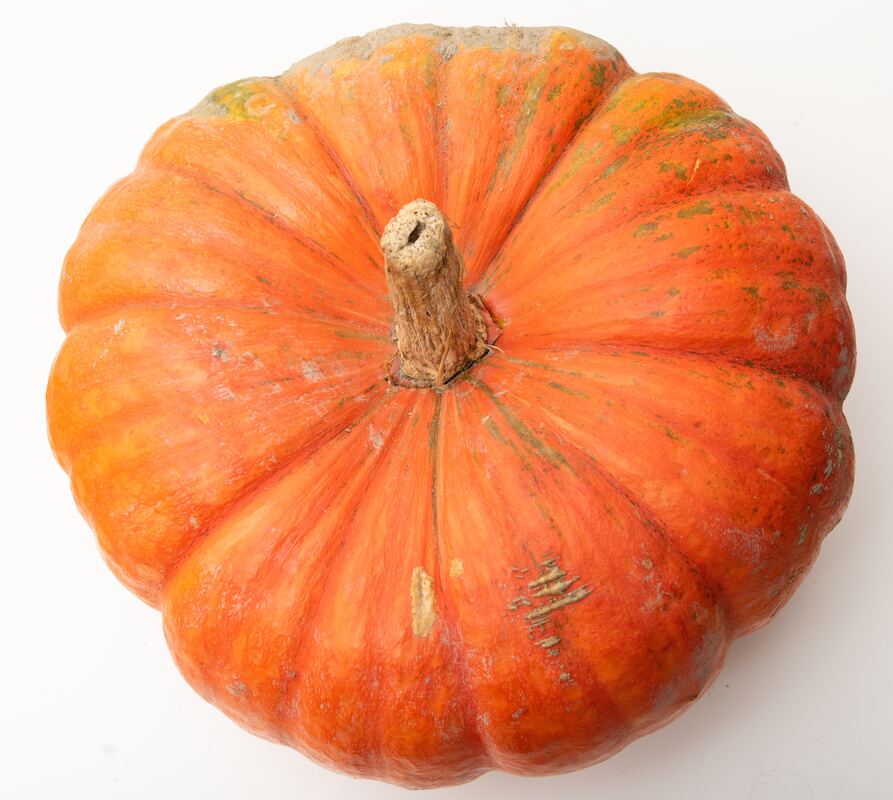
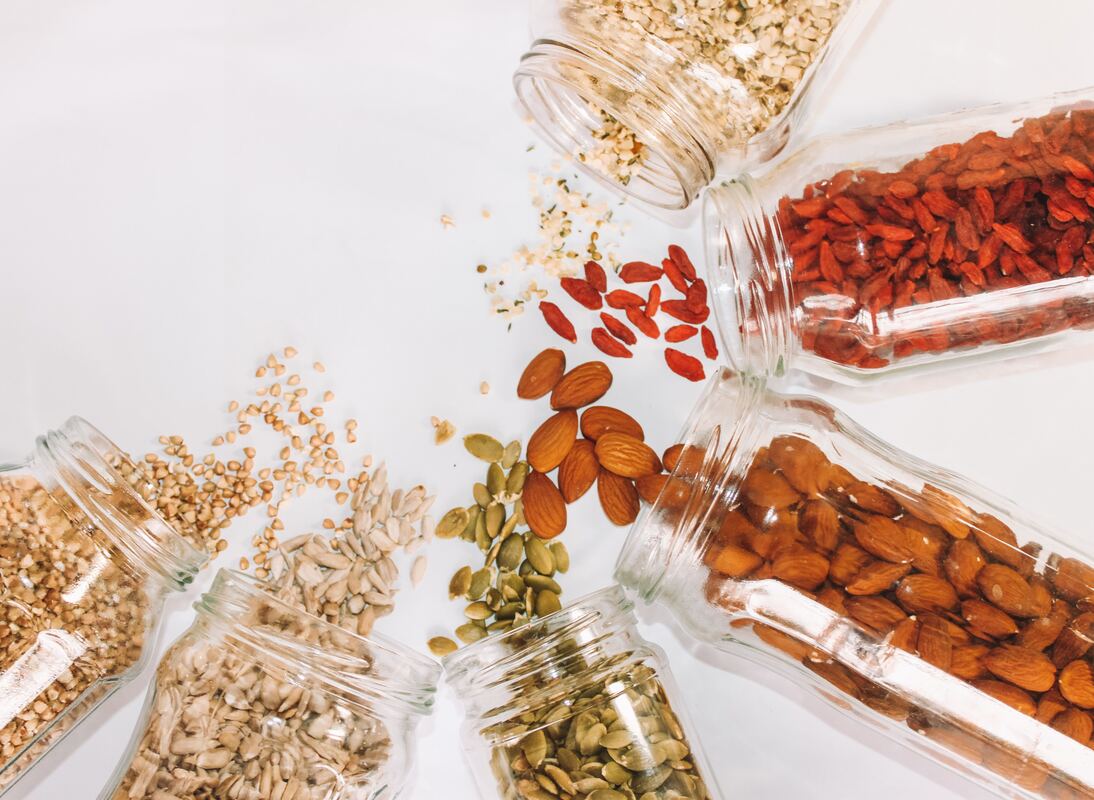
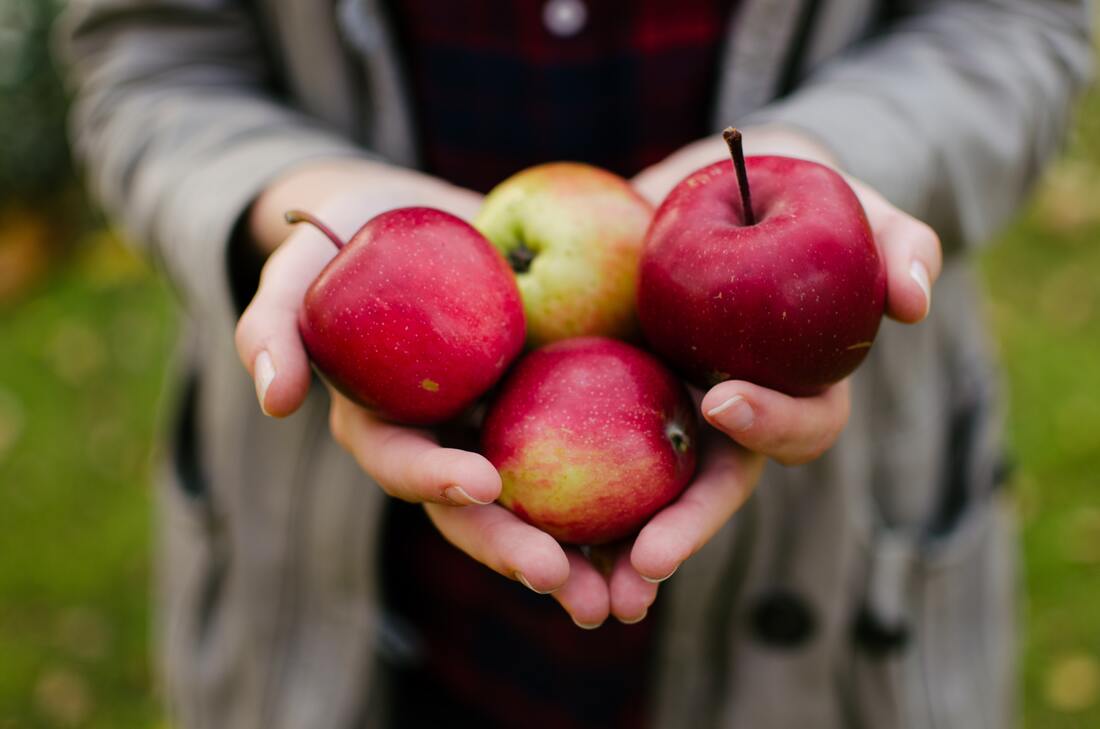

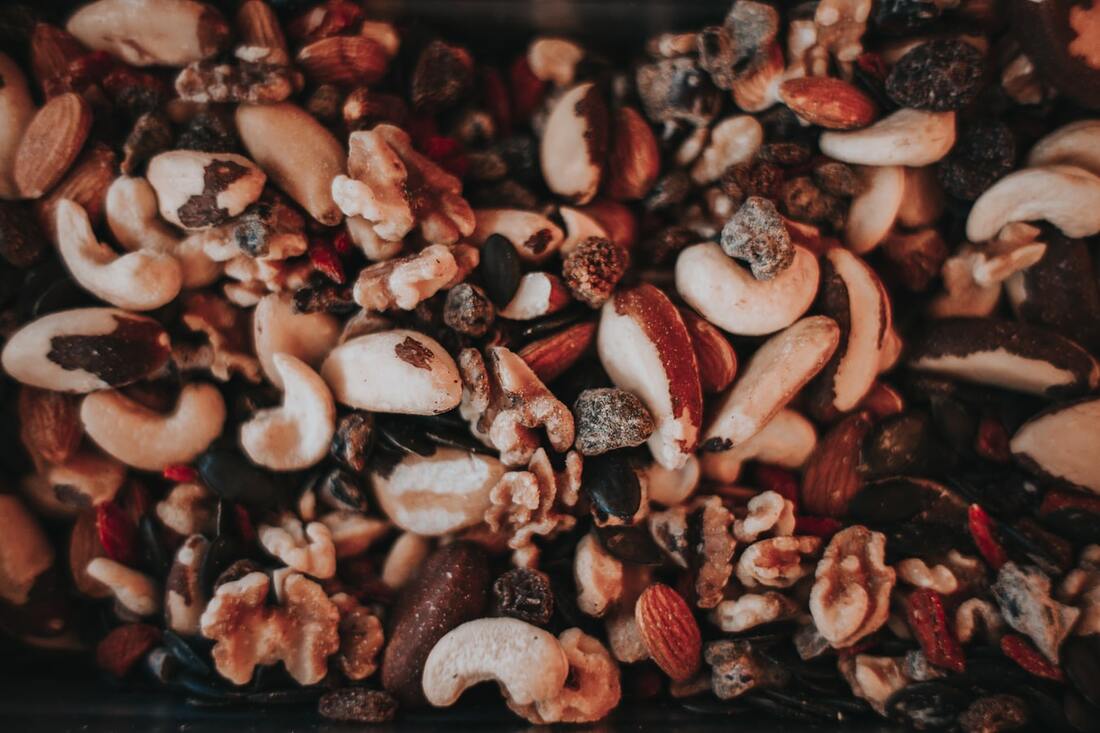
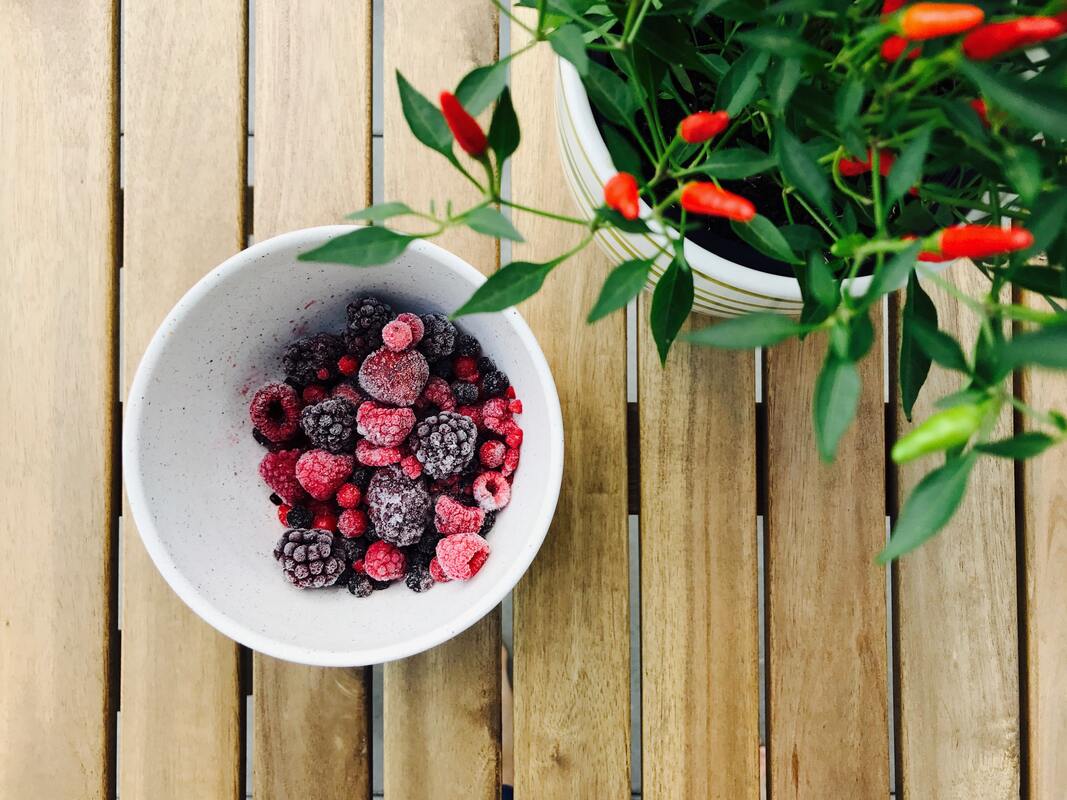



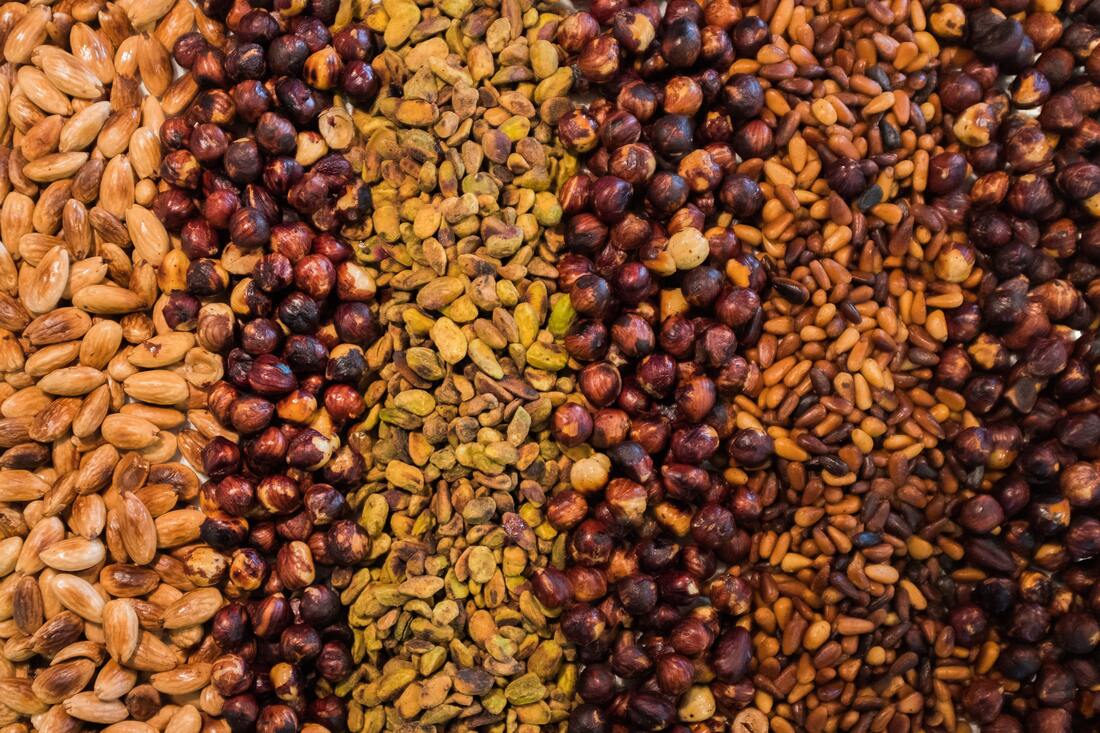
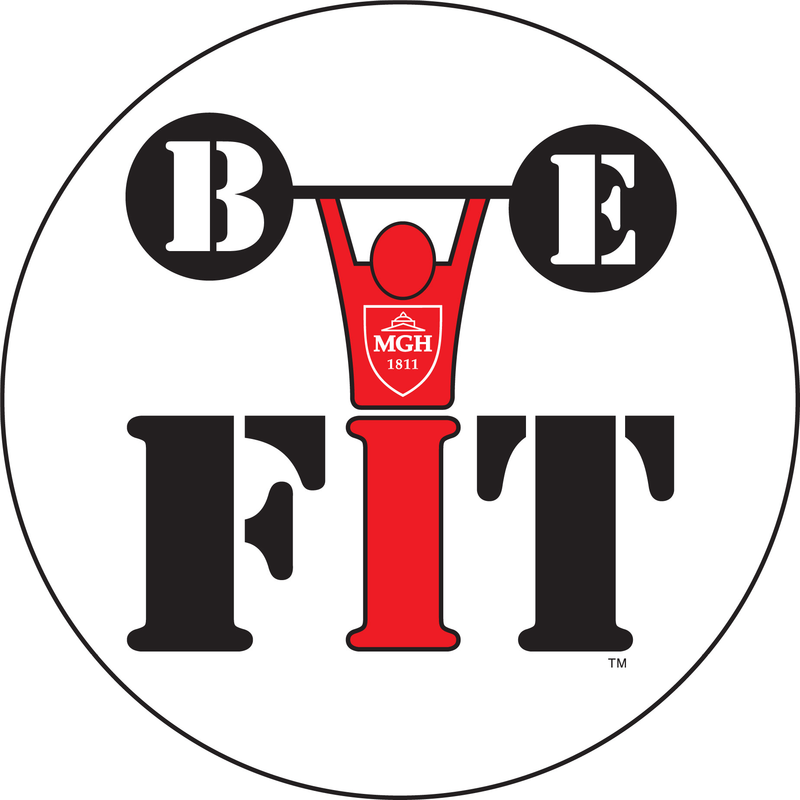
 RSS Feed
RSS Feed